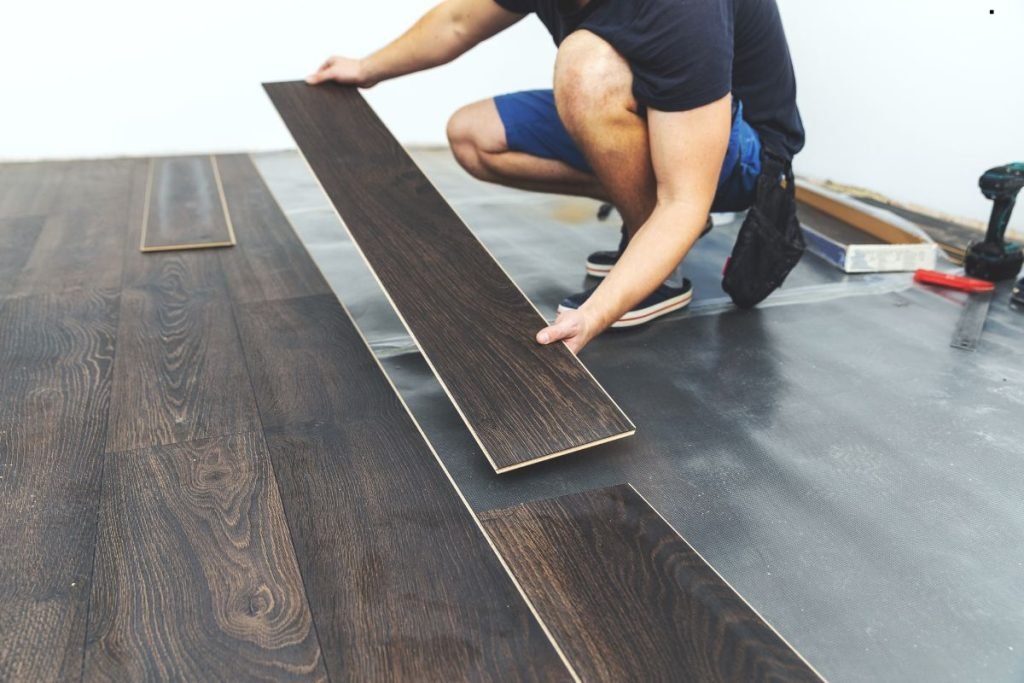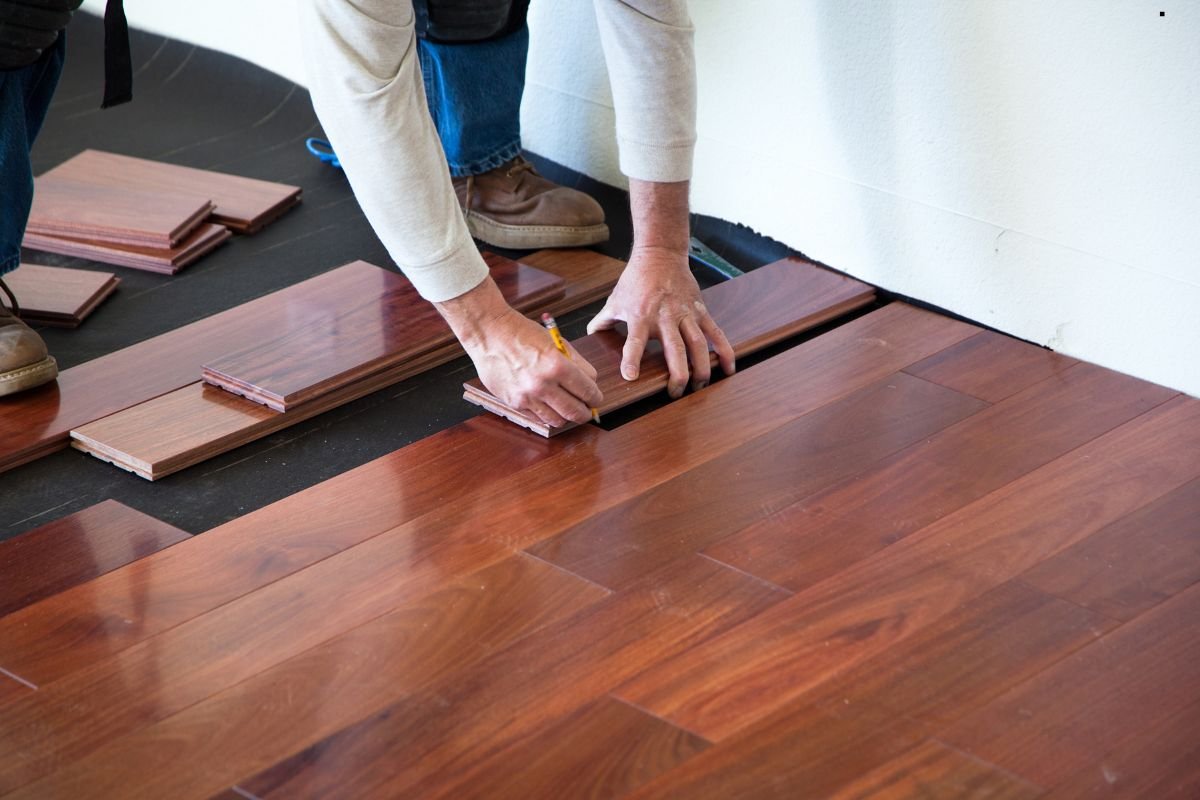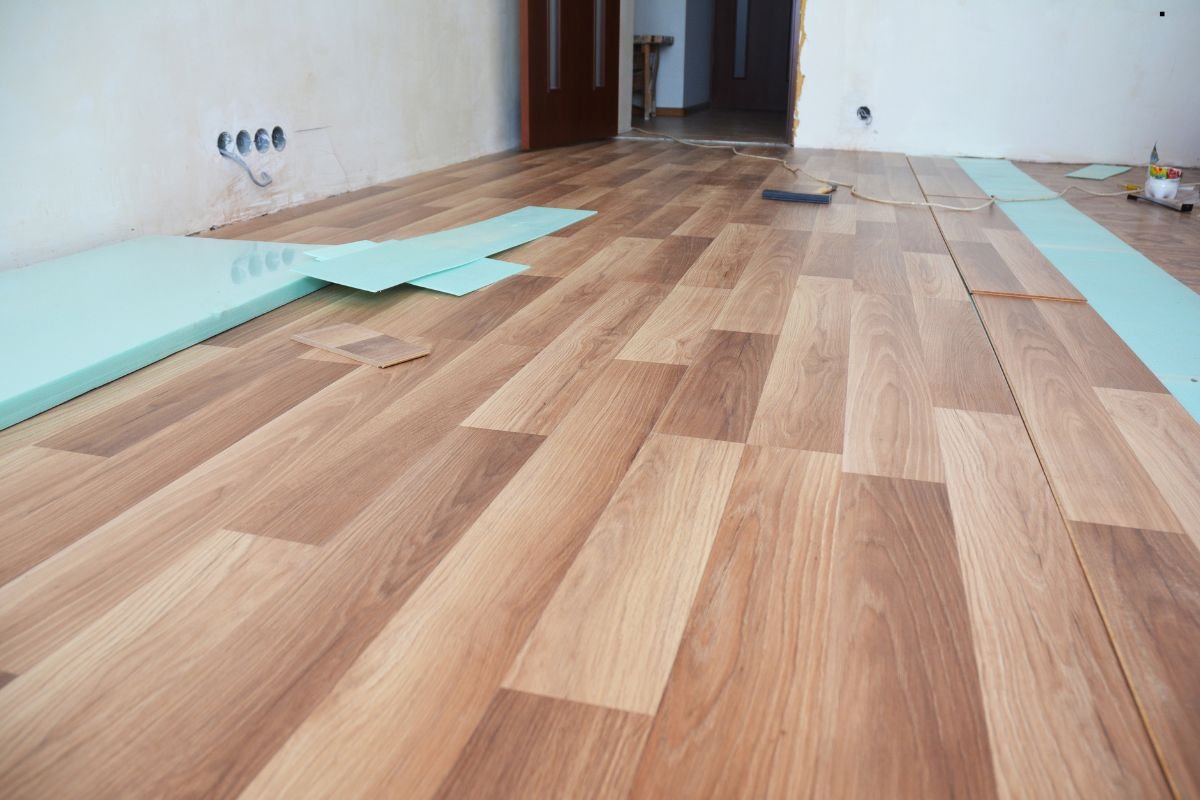
Eager to enjoy your freshly installed floors in your Chicago home? Generally, you’ll need to wait anywhere from 24 hours to several days before walking on them, depending on the flooring type, adhesive used, and environmental factors. This article will break down everything you need to know about cure and drying times, so you can confidently navigate your new flooring project!
Welcome to Your New Floors! But Wait… How Long?
Congratulations on upgrading your Chicago home with new flooring! The transformation is exciting, but before you start enjoying your refreshed space, patience is key. Rushing onto new floors before they’ve properly cured or dried can lead to damage, compromising the quality and longevity of your investment. This guide will walk you through the critical waiting periods associated with different flooring types, helping you understand the “why” behind the wait and ensuring a successful outcome. Knowing when it’s safe to walk on your new floors can prevent costly repairs and ensure your flooring lasts for years to come. Call us for expert guidance and support!
The Science Behind the Wait: Cure and Drying Times Explained

The terms “cure” and “drying” are often used interchangeably, but they represent distinct processes. Understanding the difference is crucial for comprehending the recommended wait times.
- What is Curing? Curing is a chemical process where materials like adhesives and sealants harden. This process results in a durable bond between the flooring and the subfloor. Disturbing the floor before curing is complete can weaken this bond, leading to future issues.
- What is Drying? Drying refers to the evaporation of moisture from materials like paint, stain, or even the wood itself. The drying process makes the floor safe to walk on as floor become sturdy.
Flooring Type Matters: A Breakdown of Recommended Wait Times
The type of flooring you’ve chosen significantly impacts the required waiting period. Here’s a general guideline:
- Hardwood Flooring (Solid and Engineered): Typically, you should wait 24-72 hours before walking on newly installed hardwood. Solid hardwood often requires a longer curing time for the adhesive. For more information on installation and care, visit our Hardwood Flooring page.
- Laminate Flooring: Laminate floors are usually ready for light foot traffic within 24 hours. The click-lock installation system doesn’t require adhesive, reducing the wait time.
- Vinyl Flooring (Sheet, Plank, and Tile): Wait times for vinyl flooring vary based on the adhesive used. Generally, allow 24-48 hours. Sheet vinyl might need slightly longer due to its larger surface area.
- Tile Flooring (Ceramic, Porcelain, and Natural Stone): Tile requires the longest wait time due to the curing of the mortar and grout. Avoid walking on tile floors for at least 72 hours, ideally longer (48-72 hours). For more details on tile installation, check out our Tile Flooring page.
- Carpet: While you can technically walk on carpet immediately, it’s recommended to avoid heavy traffic for the first 24 hours to allow the adhesive to set properly.
Beyond the Basics: Factors Affecting How Soon You Can Walk On It
Several factors, especially those related to Chicago’s climate, can influence cure and drying times:
- Humidity and Temperature in Chicago: High humidity levels, common in Chicago summers, can slow down drying times. Conversely, colder temperatures in winter can also extend curing times. Proper ventilation and temperature control are essential.
- Type of Adhesive or Mortar Used: Different adhesives and mortars have varying curing times. Always follow the manufacturer’s recommendations.
- Subfloor Condition: A properly prepared, level subfloor is crucial. Uneven or damp subfloors can prolong drying times and affect the flooring’s stability.
- Quality of Installation: A professional flooring installer will ensure proper application of adhesives and mortars, which is critical for optimal curing and bonding.
The Touch Test: How to Check if Your Floors Are Ready to Go
After the recommended wait time, you can perform a few simple tests to assess the readiness of your new floors:
- The “Gentle Touch” Method: Carefully press on the seams and edges of the flooring. If there’s any give or movement, it’s likely not fully cured or dried.
- The “Visual Inspection” Method: Look for any signs of moisture or discoloration, especially around the edges. These could indicate incomplete drying.
- When to Call a Professional: If you’re unsure, don’t hesitate to consult a professional flooring installer. They have the expertise to accurately assess the condition of your floors.
Safeguarding Your Investment: Protecting Your New Floors During and After Installation
Taking precautions can help protect your floors:
- Using Protective Mats and Runners: Place mats at doorways and high-traffic areas to prevent dirt and scratches.
- Avoiding Heavy Furniture: Refrain from placing heavy furniture on the new floors until they are fully cured or dried. Use furniture pads to protect against scratches.
- Proper Cleaning Techniques: Follow the manufacturer’s cleaning recommendations to avoid damaging the finish or adhesive.
When in Doubt, Call a Pro: The Benefits of Consulting a Chicago Flooring Expert

Navigating the complexities of flooring installation and wait times can be challenging. A professional flooring expert can:
- Accurately assess the condition of your subfloor.
- Recommend the appropriate adhesives and mortars for your specific flooring type.
- Ensure proper installation techniques.
- Provide expert advice on wait times and protection measures.
Enjoy Your Beautiful New Floors!
Congratulations! By understanding the importance of cure and drying times, you’ve taken a crucial step in ensuring the longevity and beauty of your new floors. With proper care and maintenance, your floors will provide years of enjoyment and enhance the value of your Chicago home. Call us for further assistance!
Frequently Asked Questions About New Flooring and Wait Times
How long after hardwood floor installation can I walk on it?
Generally, wait 24-72 hours. Solid hardwood often requires longer.
Can I speed up the drying time of my new flooring?
While tempting, speeding up the process is risky. Ensure proper ventilation and maintain a consistent temperature, but avoid using fans or heaters directly on the floors.
What happens if I walk on my new floors too soon?
You risk damaging the adhesive bond, causing squeaking, shifting, and potentially voiding your warranty.
How do I know if my subfloor was properly prepared?
A properly prepared subfloor should be level, clean, and dry to ensure the longevity and durability of your new flooring. If you’re uncertain about the condition of your subfloor, contact us to consult with professional flooring experts.

